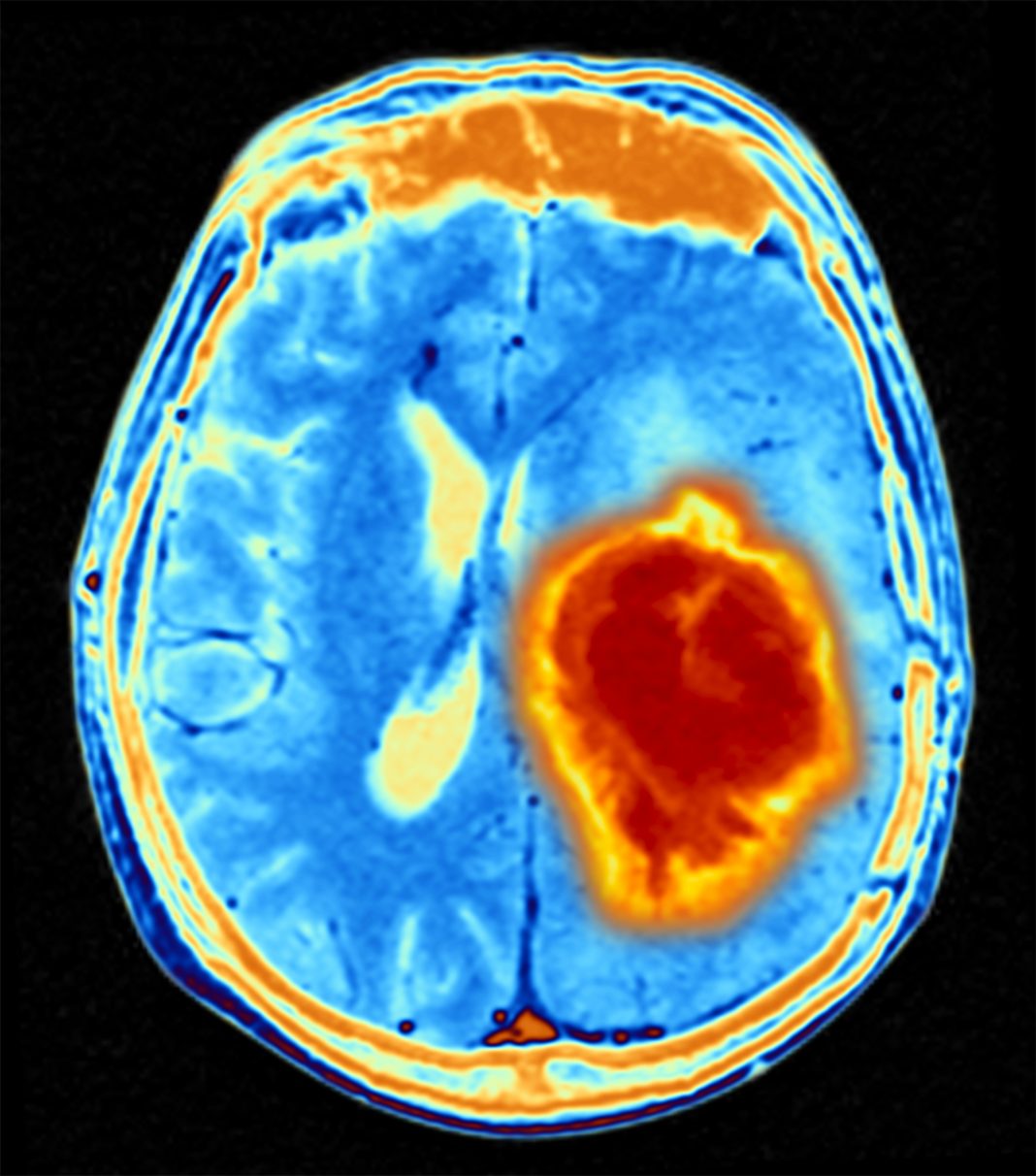Solid tumors are notoriously difficult to treat and often put children into a high-risk category as tumors like neuroblastoma, Ewing sarcoma, and rhabdomyosarcoma in these patients often don’t respond to conventional therapies. Chemotherapy given orally or intravenously generally does not deliver enough of the drug to the tumor, which not only renders the chemotherapeutic agent ineffective but also leads to increased drug resistance—combined with the all too common and almost unavoidable side effects such as severe diarrhea, bone marrow suppression, and secondary malignancies. As such, scientists and clinicians are always on the hunt for new drugs or new ways to deliver old drugs to make them more efficacious to patients.
Now, a team of investigators at the Children’s Hospital of Philadelphia (CHOP) has just released new data describing an enhanced treatment that leads to long-term remissions in 80–100% of mice with drug-resistant or high-risk solid tumors. Findings from the new study were published recently in Cancer Research through an article titled, “Structural Optimization and Enhanced Prodrug-Mediated Delivery Overcomes Camptothecin Resistance in High-Risk Solid Tumors.”
“The results of our studies show that the cancer therapeutic we developed is highly effective in treating at least three different types of high-risk pediatric solid tumors with intrinsic or acquired drug resistance,” explained co-senior study investigator Garrett Brodeur, MD, director of the Cancer Predisposition Program at CHOP. “Given that this treatment is also likely to be much less toxic than most cancer therapies for these types of tumors, in addition to showing remarkable therapeutic effects against aggressive disease, we think these results warrant further exploration of the agent in clinical trials.”
The CHOP team developed a prodrug that is inert until it is converted by the body into a pharmacologically active form. This active drug belongs to a family of camptothecins, compounds known to promote cell death, and destroy tumors. Other camptothecins, in particular irinotecan and topotecan, have been used to treat solid tumors, but they are often ineffective against high-risk disease because the tumors are either initially resistant to the drug or develop resistance over time. Irinotecan itself is also a prodrug whose active agent, SN38, shows limited efficacy because it rapidly gets inactivated and removed from the body, so only a small fraction of it reaches the tumor. At the same time, irinotecan still manages to cause serious side effects, including bone marrow suppression and intractable diarrhea.
To overcome the issues of poor efficacy and high toxicity, the researchers engineered their prodrug to link to four residues of a pharmacologically enhanced drug, SN22, through a breakable bond to a four-arm polyethylene glycol scaffold. By attaching the SN22 components in this way, the research team was able to extend the drug’s circulation time, which in turn allowed 50 to 100 times as much drug to be taken up by the tumor.
“Here, we developed a multivalent, polymer-based prodrug of a structurally optimized camptothecin (SN22) designed to overcome key chemoresistance mechanisms,” the authors wrote. “The ability of SN22 vs. SN38 (the active form of irinotecan/CPT-11) to overcome efflux pump-driven drug resistance was tested. Tumor uptake and biodistribution of SN22 as a polymer-based prodrug (PEG-[SN22]4) compared to SN38 was determined. The therapeutic efficacy of PEG-[SN22]4 to CPT-11 was compared in a) spontaneous neuroblastomas (NB) in transgenic TH-MYCN mice; b) orthotopic xenografts of a drug-resistant NB line SK-N-BE(2)C (mutated TP53); c) flank xenografts of a drug-resistant NB-PDX; and d) xenografts of Ewing sarcoma and rhabdomyosarcoma.”
Due to its modified structure, SN22 is also protected from enzymes that could inactivate it, as they do other camptothecins, and from cell transporters that could pump the drug out of tumor cells. Together, all these modifications helped more drug accumulate in the tumor, where it stayed in the cells without being exported, so the high drug levels in the tumor tissue were sustained for hours and days.
The researchers tested their prodrug in several mouse models of disease, including neuroblastoma with both intrinsic and acquired drug resistance, a chemo-resistant Ewing sarcoma, and a fusion-positive rhabdomyosarcoma. Prodrug delivery of SN22 resulted in complete tumor disappearance in all models, and these complete remissions lasted for more than six months in 80–100% of cases, whereas treatment with irinotecan had little or no effect.
“Unlike SN38, SN22 inhibited NB cell growth regardless of ABCG2 expression levels. SN22 prodrug delivery resulted in sustained intratumoral drug concentrations, dramatically higher than those of SN38 at all time points,” the authors penned. “CPT-11/SN38 treatment had only marginal effects on tumors in transgenic mice, but PEG-[SN22]4 treatment caused complete tumor regression lasting over six months (tumor-free at necropsy). PEG-[SN22]4 also markedly extended survival of mice with drug-resistant, orthotopic NB, and it caused long-term (6+ month) remissions in 80-100% of NB and sarcoma xenografts.”
In addition to being highly effective against drug-resistant tumors, the engineered prodrug also had less toxicity than irinotecan. Whereas irinotecan led to elevated liver enzymes and altered blood counts, the SN22 prodrug did not, nor did it lead to any other adverse effects. SN22 delivery in the prodrug form also reduced the exposure of healthy organs to the active drug, and the increased potency of SN22 in comparison to irinotecan meant that the researchers could use less total drug to shrink the tumors—a low and slow approach that exposes tissues to a low level of drug over a long period of time.
“Taken together, the superior efficacy and improved biocompatibility of our prodrug, which we demonstrated in several clinically relevant models of high-risk cancer, make it a highly promising new therapeutic capable of addressing the considerable limitations of current treatments,” concluded co-senior study investigator Michael Chorny, PhD, a research associate professor at UPenn and a research investigator at CHOP. “Our strategy is readily scalable, and we look forward to assessing its effectiveness and safety in patients.”


